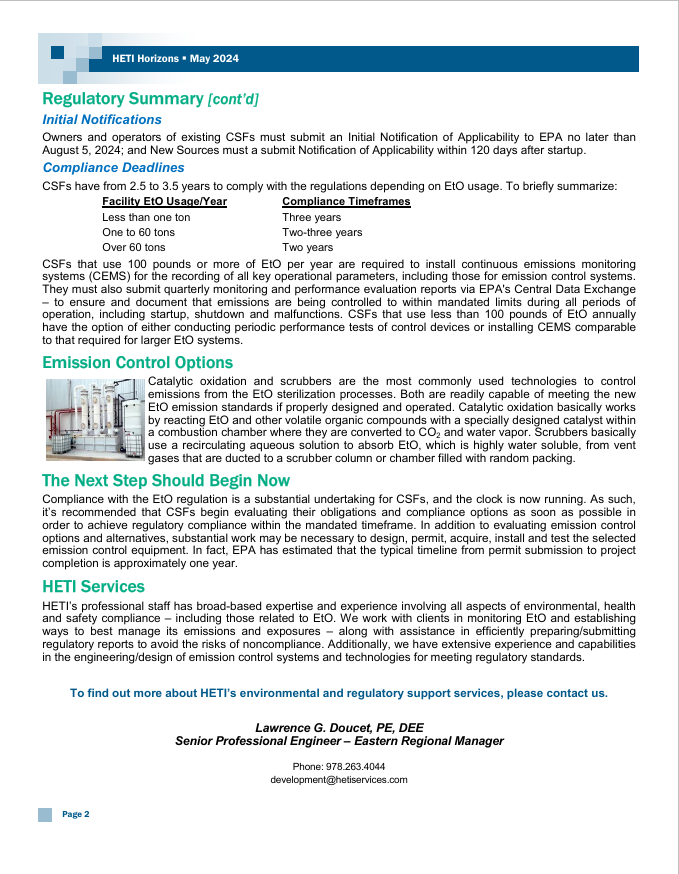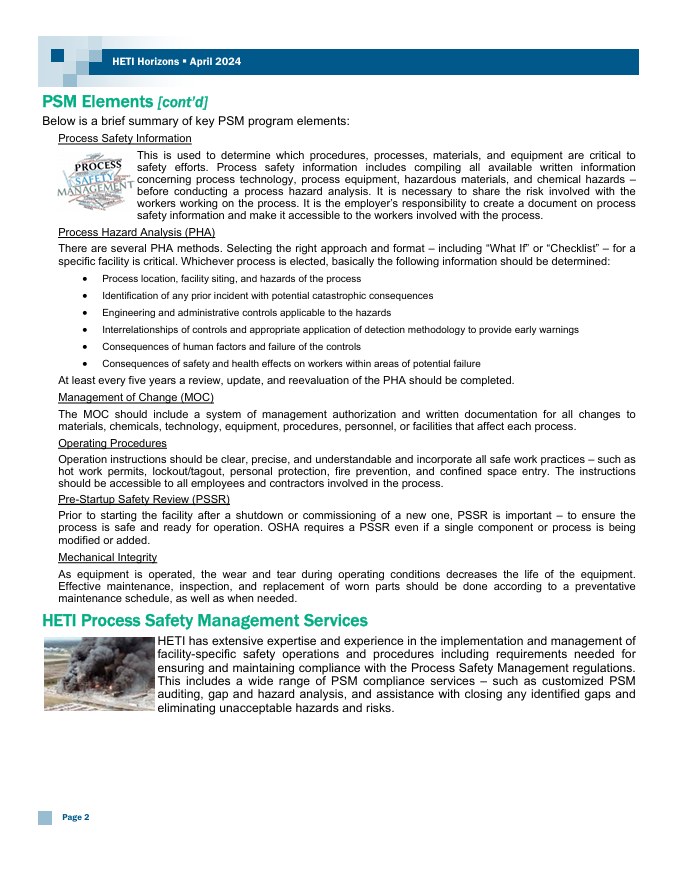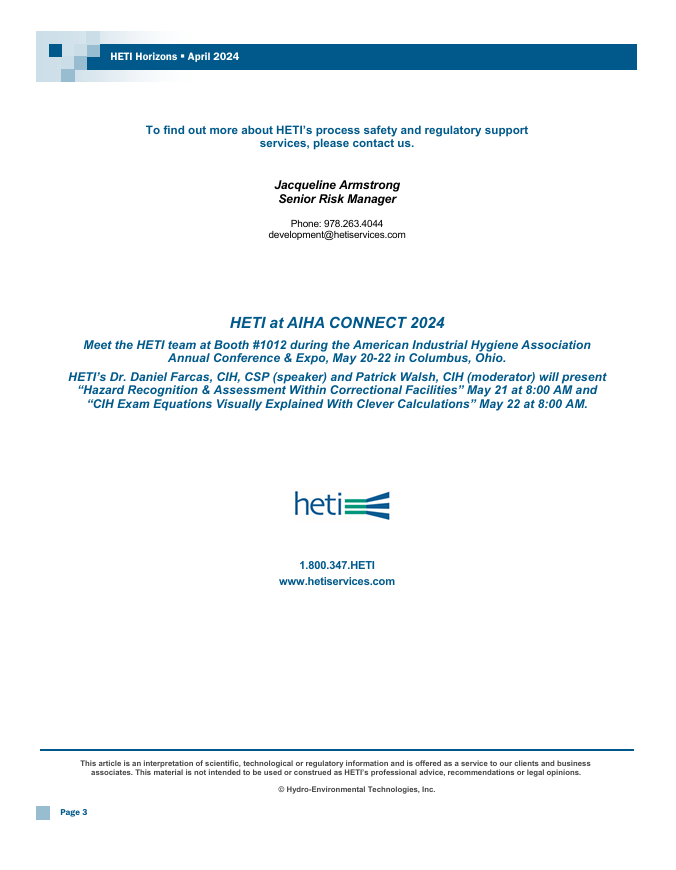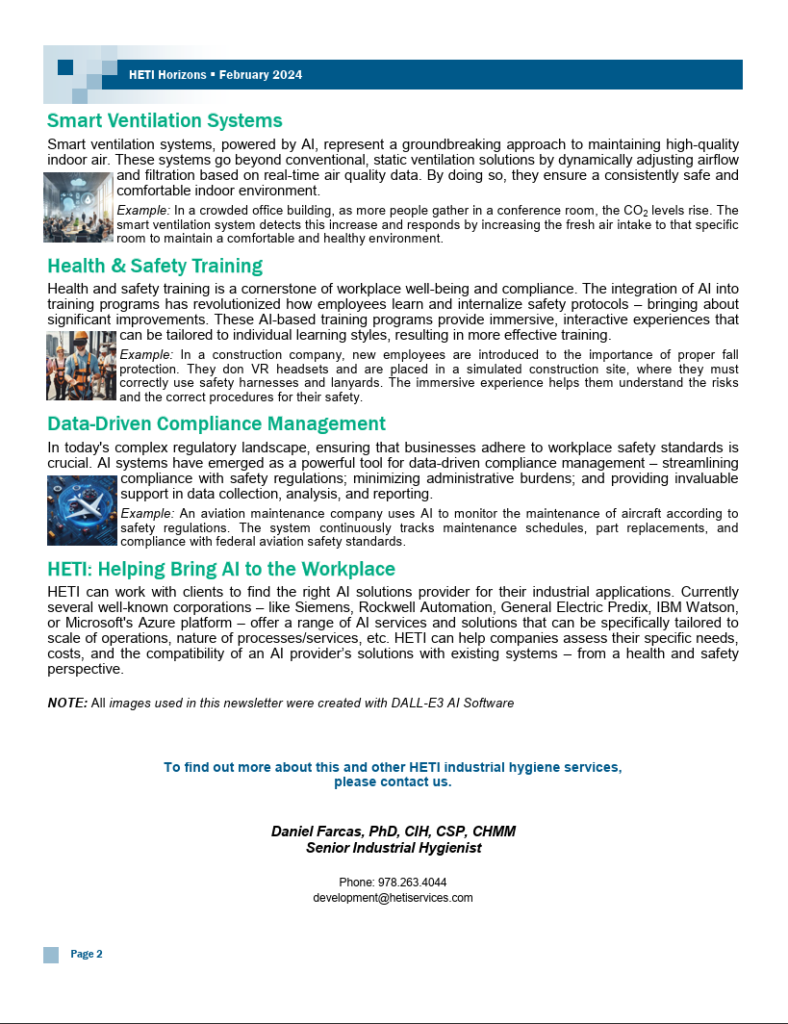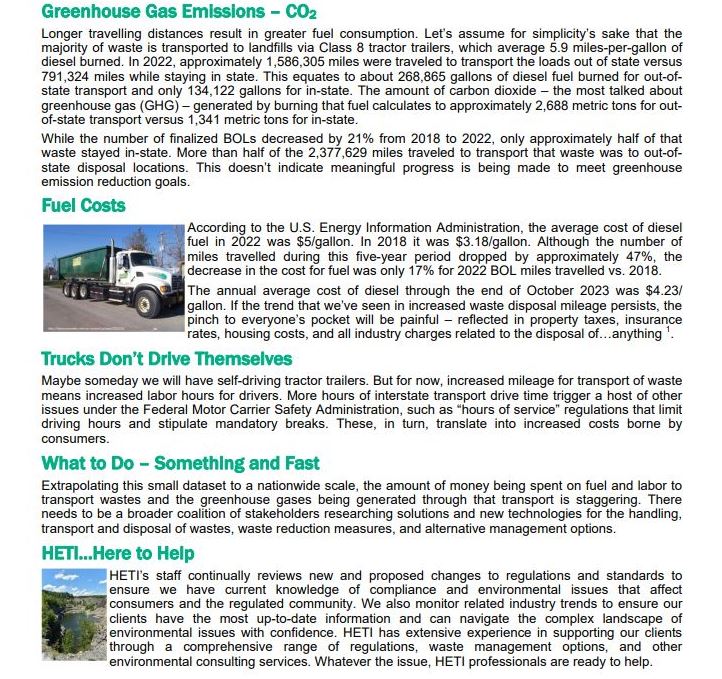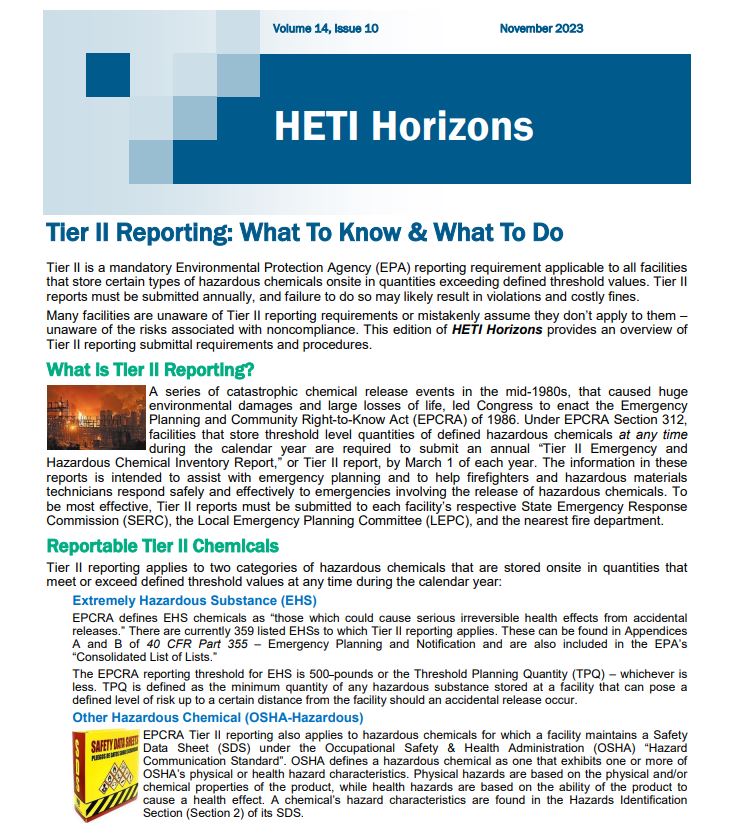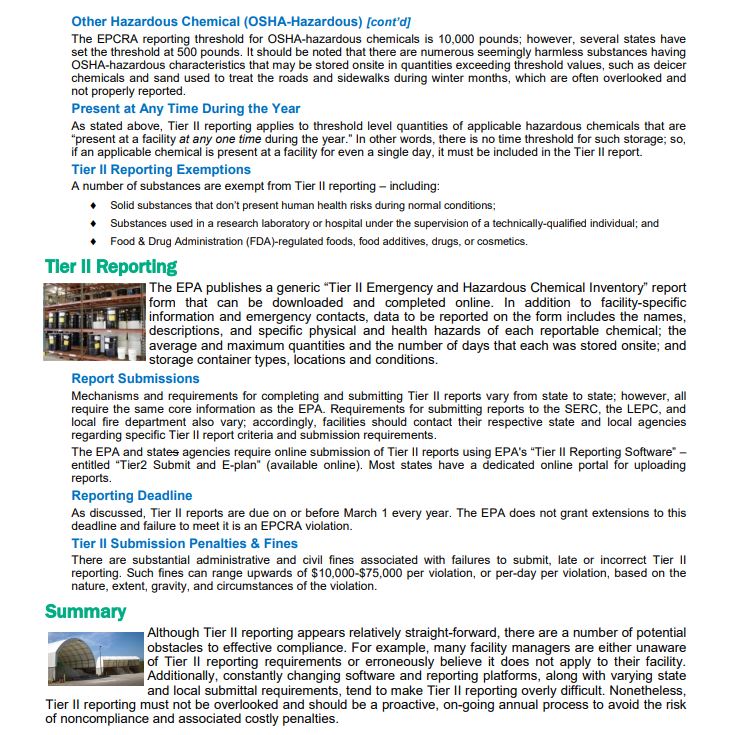The Toxic Substances Control Act (TSCA) was enacted in 1976 and provides the Environmental Protection Agency (EPA) with “authority to require reporting, recordkeeping and testing requirements, and restrictions relating to chemical substances and/or mixtures. Certain substances are generally excluded from TSCA, including, among others, food, drugs, cosmetics and pesticides”.1
TSCA provides EPA with the authority to regulate entities – including distributors; manufacturers (including importers) and processors (e.g., formulators); commercial users (workplaces and workers); and entities disposing of chemicals for commercial purposes.
Background/History
Under TSCA, EPA has authority to regulate at the manufacturing, processing and distribution levels in the supply chain to eliminate or restrict the availability of chemicals and chemical-containing products for consumer use. These authorities allow EPA to regulate at key points in the supply chain to effectively address unreasonable risks to consumers. However, EPA cannot directly regulate consumer users. 2
In June 2016, Congress amended TSCA with the Frank R. Lautenberg Chemical Safety for the 21st Century Act. This law required EPA to evaluate and address unreasonable risks from chemicals currently in commerce to protect the public while outlining a predictable and comprehensive path for the regulated community. Later that year, methylene chloride, along with nine other chemicals, was identified for risk evaluation. These chemicals are commonly referred to as the “First 10”; and methylene chloride was the first of those to publish a proposed rulemaking under TSCA – with EPA determining that it presents an unreasonable risk under its conditions of use. 2
In March 2019, EPA issued a final rule to prohibit the manufacture (including import), processing, and distribution of methylene chloride for consumer paint and coating removal – requiring manufacturers, processors, and distributors to notify retailers and others in their supply chains of the prohibitions and to maintain records.1
To further protect human health, on July 8, 2024, EPA issued a new rule for methylene chloride 3, expanding workplace protections under TSCA that would:
- Prohibit the manufacturing (including import), processing, and distribution in commerce of methylene chloride for all consumer use and most industrial and commercial uses.
- Require a Workplace Chemical Protection Program (WCPP) for 13 methylene chloride conditions of use.
- Identify a de minimis threshold of 0.1% for products containing methylene chloride for the prohibitions and restrictions on methylene chloride.
- Require recordkeeping and downstream notification requirements for manufacturing (including import), processing, and distribution in commerce of methylene chloride.
- Provide a 10-year time-limited exemption under TSCA section 6(g) for emergency use of methylene chloride in furtherance of the National Aeronautics and Space Administration’s (NASA) mission. 3
Why Methylene Chloride?
Methylene chloride is an acutely lethal neurotoxicant, and chronic exposure can affect liver function and cause cancer. According to a 35-year study published by EPA in June 2021, acute methylene chloride exposure resulted in at least 85 occupational deaths in the U.S. between 1985-2018 – with the most recent in June 2020. EPA found that unreasonable risk from methylene chloride is driven by risks to workers, consumers, and bystanders for 52 of the 53 conditions of use. 3 [TSCA defines “condition of use” as “the circumstances…under which a chemical substance is intended, known, or reasonably foreseen to be manufactured, processed, distributed in commerce, used or disposed of”.]
EPA’s Workplace Chemical Protection Program
EPA determined that the WCPP will protect people from unreasonable risk posed by occupational exposures from certain conditions of use and that workers are one of the potentially exposed or susceptible subpopulations (PESS) under TSCA. EPA consulted with the Occupational Safety & Health Administration (OSHA) and the National Institute for Occupational Safety & Health (NIOSH), who coordinated on WCPP development and aligned
requirements where possible.
According to the EPA, multiple factors were considered in deciding risk management for industrial and commercial conditions of use. Uncertainty regarding ability to comply with an exposure limit or preventing direct dermal contact can influence whether a condition of use is considered to be a candidate for WCPP or whether prohibition is more appropriate.4 Requirements of a methylene chloride WCPP – and key compliance dates, as appropriate –include:
- Exposure limits – Inhalation exposure limits of methylene chloride, called the EPA existing chemical exposure limit (ECEL) and EPA short term exposure limit (EPA STEL) must be met by August 1, 2025. [The ECEL is two parts per million (ppm), or 8 mg/m3, as an eight-hour time-weighted average (TWA); the EPA STEL is 16 ppm, or 57 mg/m3, as a 15-minute TWA.]
- Initial and periodic exposure monitoring – Workplace air concentrations of methylene chloride must be determined through personal breathing zone samples by May 5, 2025.
- Establishment of a regulated area – Owner/operator must mark areas where airborne concentrations of methylene chloride exceed, or there is a reasonable possibility they may exceed, the inhalation exposure limits.
- Development and communication of an exposure control plan – with the following components completed by October 30, 2025:
- Identification of exposure controls
- Description of exposure control implementation,
- Description of the regulated area(s) and authorized entry
- Description of measures to ensure effective controls
- Procedures for responding to any potential changes that may introduce additional methylene chloride exposure
- Respirator selection criteria – If respiratory protection is needed, supplied-air respirators must be used for methylene chloride. This rule does NOT permit the use of air-purifying respirators due to the short service life of chemical cartridges when used for methylene chloride exposure.
- Recordkeeping and downstream notification – This includes recordkeeping and notification to persons potentially exposed to methylene chloride of the results of workplace exposure monitoring activities, exposure incidents, and the steps taken or to be taken to protect them from exposure.5
According to EPA, the methylene chloride WCPP applies to Owners or Operators and Potentially Exposed Persons which is a broader definition than “employers”.3
Conclusion
Under the final rule, EPA’s regulation of methylene chloride is far-reaching and includes a significant impact on regulating the workplace. The new regulation provides lower exposure limits and stricter monitoring of the workplace for those commercial uses that will not be “banned”. The rule also puts into place the prohibition of many uses of methylene chloride effective July 8, 2024.
Additional Resources from HETI
HETI’s industrial hygiene and safety professionals are available to assist clients with a variety of services to help develop and implement a Methylene Chloride Workplace Chemical Protection Program in accordance with the new TSCA rule. Whether the need is for written programs and/or industrial hygiene assessments, we are here to help.


